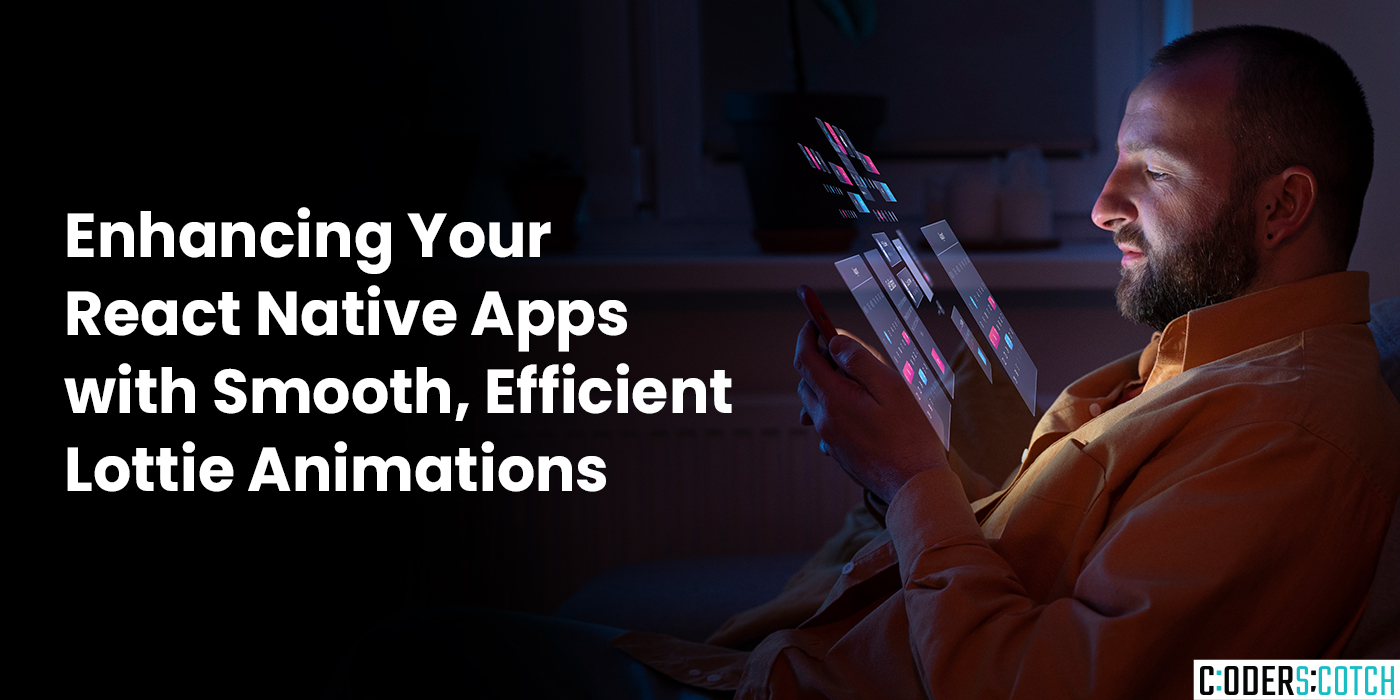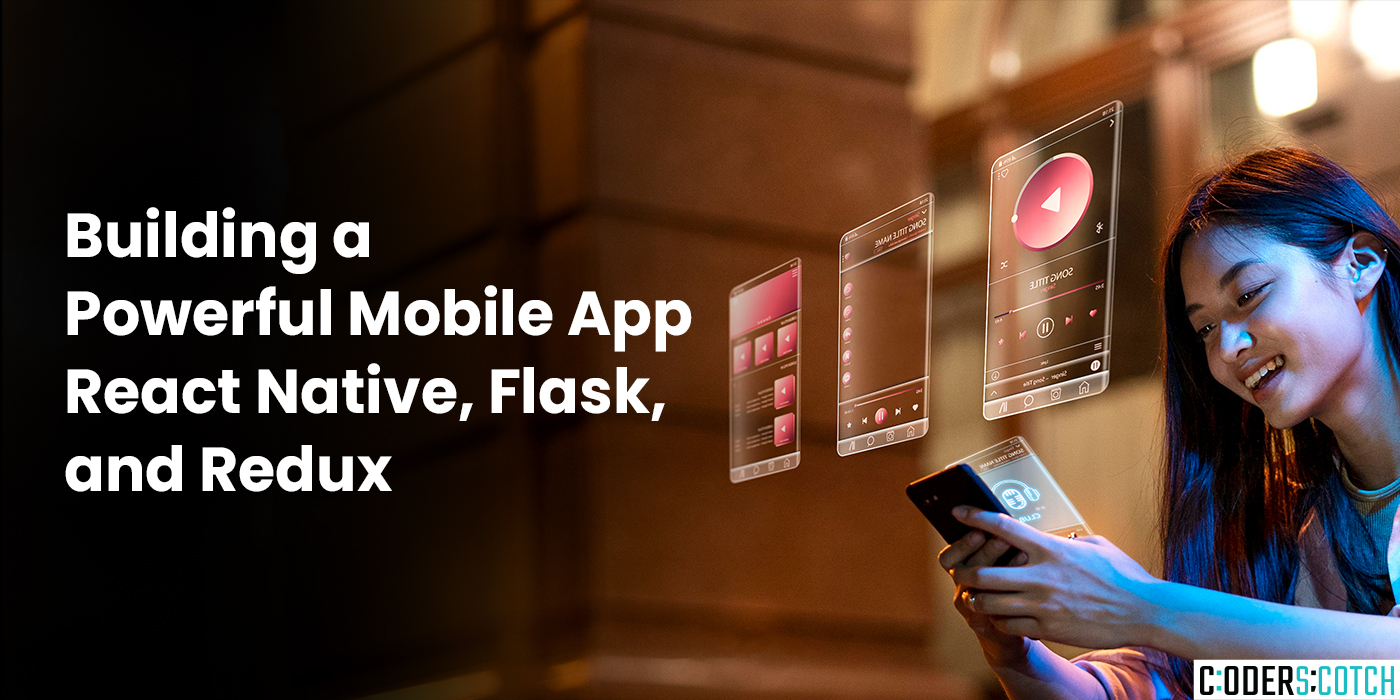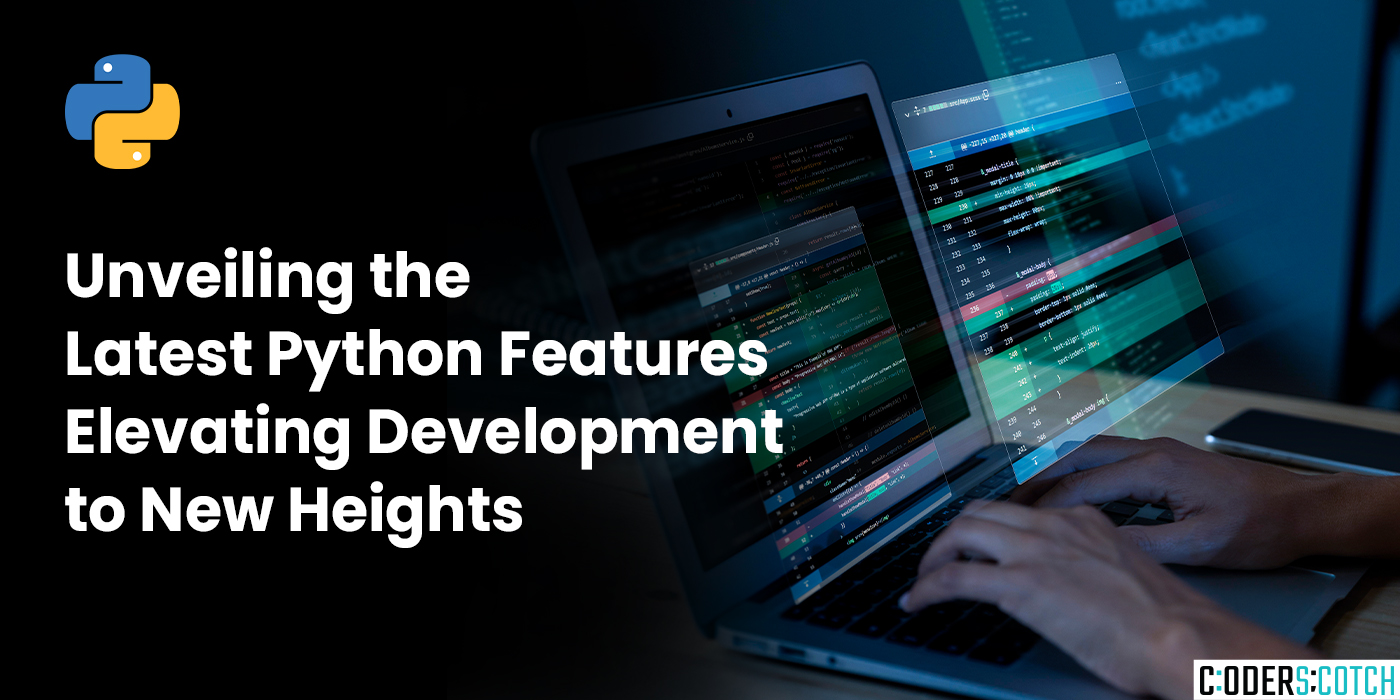In the realm of React Native app development, creating fluid and engaging animations often requires meticulous coding or leveraging third-party libraries. Enter Lottie, a revolutionary animation format that streamlines the process, empowering you to integrate stunning After Effects animations directly into your React Native projects.
What is Lottie?
Lottie is a remarkable animation interchange format that simplifies the animation workflow. It allows designers to craft expressive animations using Adobe After Effects and export them as JSON files. These JSON files, known as Lottie animations, are incredibly lightweight and versatile, seamlessly rendering across various platforms, including iOS, Android, and the web.
Key Advantages of Using Lottie for React Native
- Simplified Animation Integration: Lottie eliminates the need for complex code-based animation creation. With Lottie, designers can take the reins, crafting animations in After Effects and exporting them for direct use in your React Native apps. This fosters seamless collaboration between designers and developers.
- Cross-Platform Compatibility: Lottie animations boast exceptional platform compatibility, rendering flawlessly on both iOS and Android devices without the need for platform-specific code. This translates to a more uniform user experience across different operating systems.
- Lightweight and Efficient: Lottie animations excel in terms of file size, remaining remarkably compact despite their ability to convey intricate animations. This translates to faster loading times and improved app performance, a crucial factor in today’s mobile-centric world.
- Rich Expressive Potential: Lottie animations are not limited to basic movements. They can incorporate vector graphics, shapes, images, and even text, allowing for the creation of highly engaging and visually captivating animations that elevate your application’s user interface.
- Performance Optimization: Lottie offers built-in performance optimizations, such as hardware acceleration and on-demand loading. This ensures that even complex animations render smoothly without compromising your app’s overall performance.
- Wide Community and Resources: Lottie enjoys a thriving community of developers and designers. Extensive documentation, tutorials, and a vast collection of pre-built animations are readily available, making it easier for you to get started and find the perfect animation for your needs.
Getting Started with Lottie in React Native
To leverage Lottie animations in your React Native project, you’ll need to install the lottie-react-native library using npm or yarn:
In terminal
npm install lottie-react-native
Once installed, you can import the LottieView component and render your Lottie animation within your React Native components:
import React from ‘react’;
import LottieView from ‘lottie-react-native’;
const MyAnimation = () => {
return (
<LottieView
source={require(‘./path/to/your/animation.json’)}
autoPlay
loop
style={{ width: 100, height: 100 }}
/>
);
};
In this example, require(‘./path/to/your/animation.json’) specifies the path to your Lottie animation JSON file. You can customize the component’s props to control animation behavior, such as setting autoPlay to true for automatic playback and loop to true for continuous looping.
Beyond the Basics: Advanced Lottie Techniques
Lottie offers a range of advanced capabilities to fine-tune your animations and tailor them to your specific project requirements:
- Dynamic Property Control: Lottie animations allow you to dynamically control animation properties from within your React code using props like progress and colorFilters. This enables you to create interactive experiences where animations respond to user input or application state.
- Markers and Event Listeners: Lottie supports markers that can be used to trigger events within your React code at specific points in the animation. This allows for more complex animation interactions and synchronization with other UI elements.
- Customization with After Effects: While Lottie animations are exported as JSON, you can still leverage After Effects for advanced customization. You can modify animation colors, speeds, and even add interactivity elements within After Effects before exporting the updated JSON file.
Conclusion
By incorporating Lottie animations into your React Native projects, you can significantly enhance user engagement and create visually compelling interfaces. With their ease of use, cross-platform compatibility, and performance efficiency, Lottie animations represent a valuable tool for any React Native developer seeking to elevate the look and feel of their applications.
I hope this comprehensive guide empowers you to unlock the potential of Lottie animations in your React Native development endeavors!










